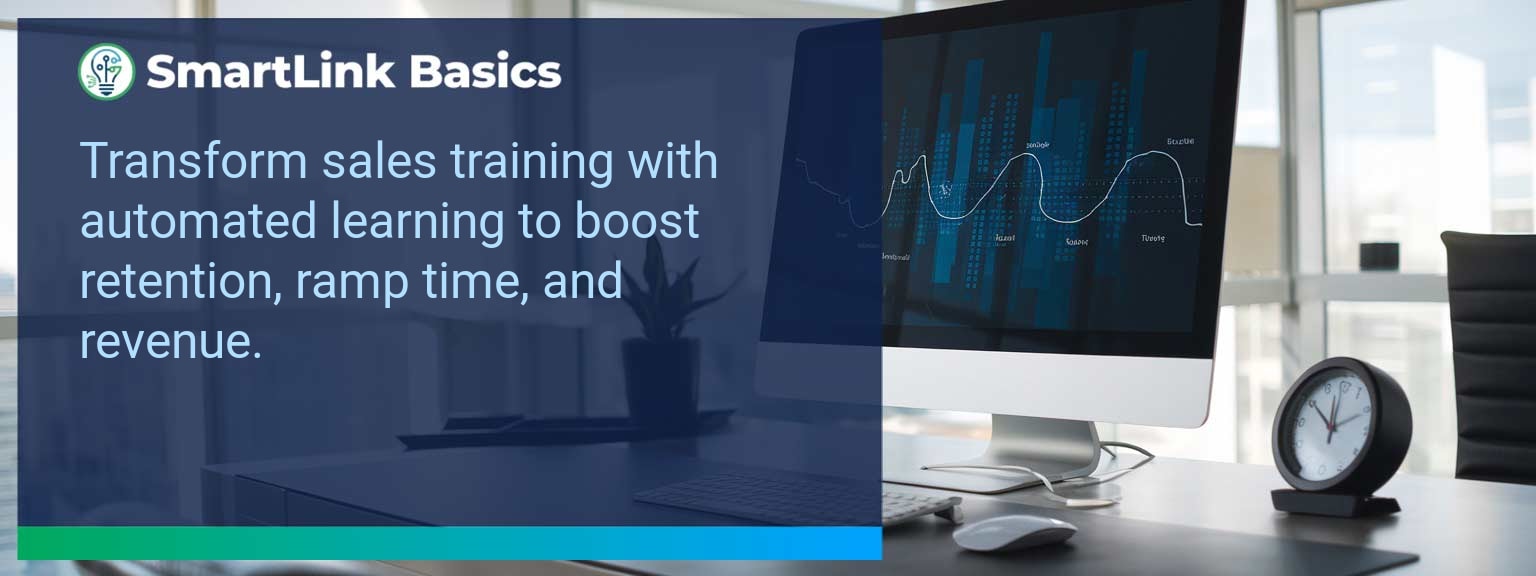Precise automation can recapture as much as 30% of wasted work hours per week in sales operations, according to a McKinsey study. For sales leaders, the ability to streamline workflows through task automation efficiency is no longer optional—it is a competitive requirement. SmartLink Basics works with high-performance teams to redesign their daily operating system so that manual, repetitive, and low-value processes become fully automated without sacrificing accuracy.
In this article, you will learn how to identify process bottlenecks, implement targeted workflow automation strategies, measure performance improvements, and prepare for long-term scalability. Real-world examples and proven frameworks will guide you in aligning automation with revenue outcomes. By the end, you will have a clear, actionable path for integrating productivity tools and optimized automated processes into your sales operation.
- Audit workflows to locate inefficiencies before implementing automation.
- Align automation strategy with sales goals and customer experience.
- Leverage integrated productivity tools over isolated solutions.
- Track performance using leading, lagging, and quality metrics.
- Continuously optimize and scale automation for sustained gains.
Identifying Inefficiencies And Bottlenecks in Task Automation Efficiency
Automation should start with clarity on where your processes actually lose time and momentum. Many sales teams automate tasks without addressing outdated workflows—resulting in faster execution of flawed processes. Conduct a time-on-task analysis across your digital workflow to pinpoint repetitive, low-value assignments that reduce selling time. For example, if your team spends 10 hours each week manually inputting data into a CRM, the ROI of automating that process is immediate and measurable. Identifying these inefficiencies ensures that workflow automation delivers meaningful time management and operational impact, not just surface improvements.Implementing Effective Automation Strategies for Task Automation Efficiency
Successful automation strategies target specific sales enablement goals, not just technology adoption. Start with ICP alignment—ensure your automation supports ideal customer targeting while enabling personalized communication at scale. Build pipeline automation that triggers lead nurturing, follow-up reminders, and task scheduling without requiring constant manual intervention. One practical example: Automating qualification scoring in your CRM so only leads meeting defined criteria advance in the pipeline. This prevents wasted effort and keeps your operating cadence focused on high-probability conversions. Align your productivity tools with strategic objectives, integrating them into your process architecture rather than adding them as disconnected add-ons.Measuring Improvements In Productivity
Tracking the impact of automation requires a balanced view of speed, output, and quality. Monitor leading indicators like average task completion time and number of active deals touched daily. Combine this with lagging metrics such as closed-won rates and average sales cycle length, as well as quality measures including error reduction percentages. For example, after introducing automated processes for proposal follow-up, a team could see proposal response rates increase by 15% within 60 days. This evidence-based measurement approach confirms whether automation supports true process optimization rather than just activity volume.Advancing Automation For Long-Term Success
Treat automation as an evolving asset rather than a one-time project. Schedule quarterly workflow audits to ensure that your process automation remains aligned with shifting sales strategies, customer preferences, and tool capabilities. Evaluate whether new features in your existing productivity tools can replace older manual steps. A sales organization that continually refines its automation stack avoids stagnation, maintains efficiency gains, and keeps the digital workflow competitive. Staying committed to enhancement is the best safeguard against falling back into inefficient habits—and a core principle in AI-driven sales enablement resources from SmartLink Basics.| Category | Metric | Definition | Target |
|---|---|---|---|
| Leading | Tasks Automated | Number of manual tasks replaced by automated processes | +20% per quarter |
| Lagging | Sales Cycle Length | Average time from lead qualification to close | -15% over 90 days |
| Quality | Error Reduction Rate | Decrease in manual data entry or process errors | 95% accuracy rate |
Get the 90-day plan, coaching rubric, and dashboard template to operationalize AI in your enablement program.









